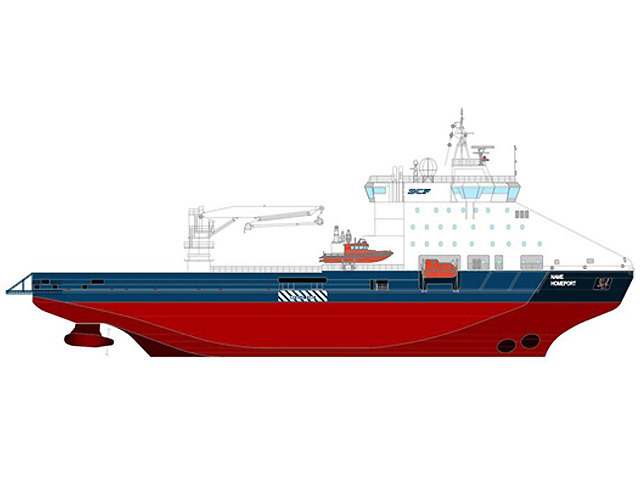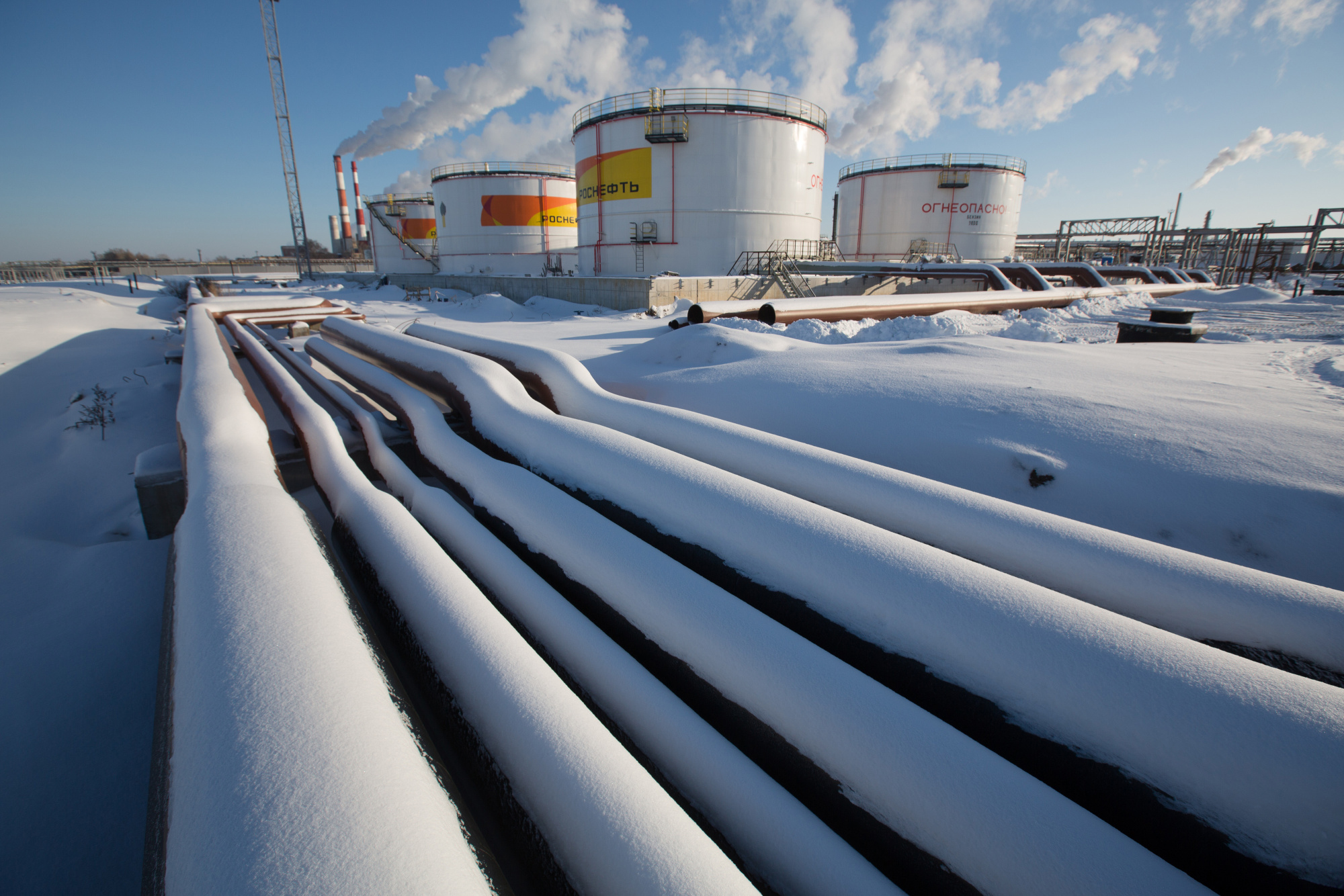
The firm set up to manage one of Europe’s largest oil and gas projects has signed a deal for a new icebreaking vessel to support the scheme – as it marks its 20th anniversary.
Sakhalin Energy, set up in 1994 to manage the giant Piltun-Astokhskoye oil field and the Lunskoye gas field off the Russian island of Sakhalin, has agreed the deal with Sovcomflot for the new ship.
The 20-year deal will see the vessel support Sakhalin II and other platforms in the region, acting as a personnel carrier and supply vessel. Three further vessels could be built to serve in the Sea of Okhotsk after the firms agreed a memorandum of understanding.
“Russian shipbuilders will play an active role in the construction of the new vessels: SCF has already signed a shipbuilding contract with Arctech and structural components for the vessels will be produced in Russia at Vyborg Shipyard,” said Sovcomflot chief executive Sergei Frank.
“The new vessels will provide fine examples of high-tech solutions in the shipping industry; they will be able to cope successfully with its tasks and will contribute to environmental protection reinforcement of Russia’s Far Eastern seas.”
The new icebreaking vessel will also be deployed for emergencies, including personnel evacuation and dealing with oil spills.
The deal comes as Sakhalin Energy marks the 20th anniversary of being established to manage the oil projects there by partners Gazprom, Shell, Mitsui and Mitsubishi.
Sakhalin, which mainly supplies the far east with oil and gas, has produced more than 233million barrels of oil since entering production.
“We are proud to be first to achieve outstanding milestones in Russian and international history of oil and gas export,” said chief executive Roman Dashkov,
“We were the first to start operations under Production Sharing Agreement. We were the first to obtain largest project financing in Russia in the amount of USD 6.7 billion.
“In 1999, we were the first to start oil export from Molikpaq – our offshore asset. In 2006 we have installed Lunskoye-A – gas export platform. In 2009, we have started shipping out liquefied natural gas, the new type of energy source, to Asia Pacific.”
Recommended for you
